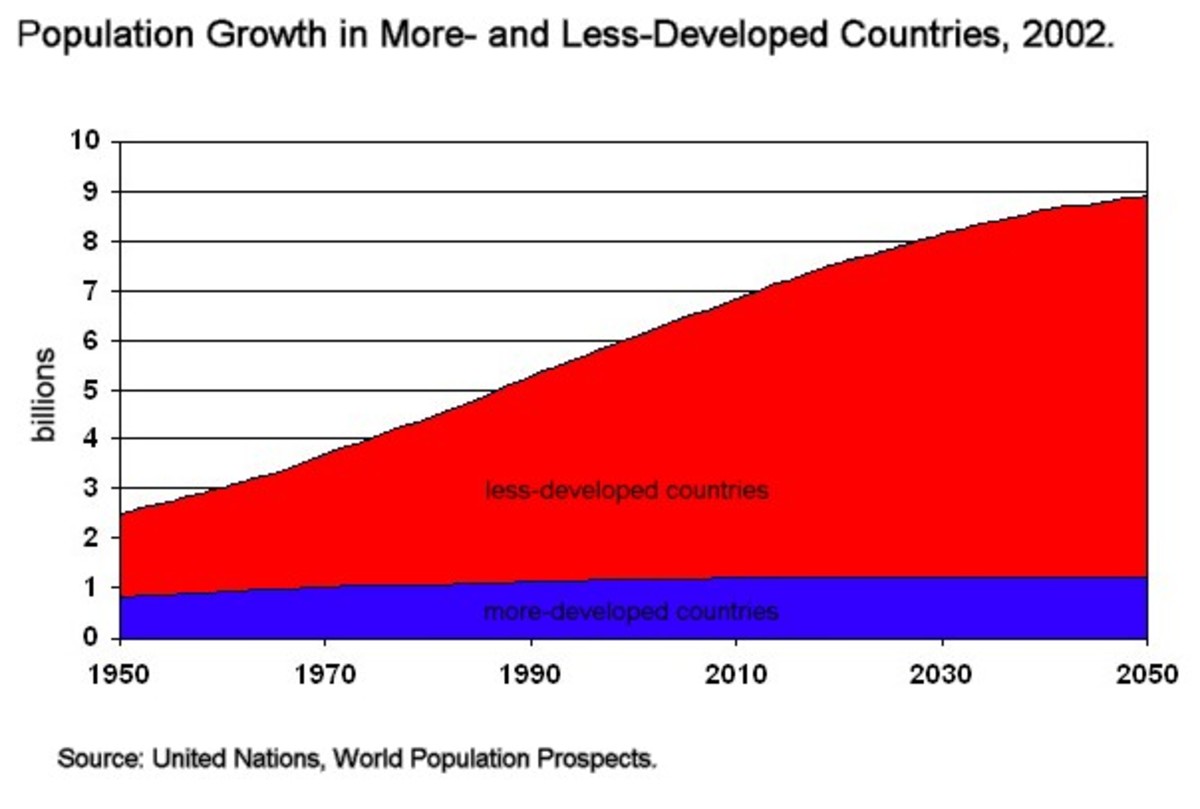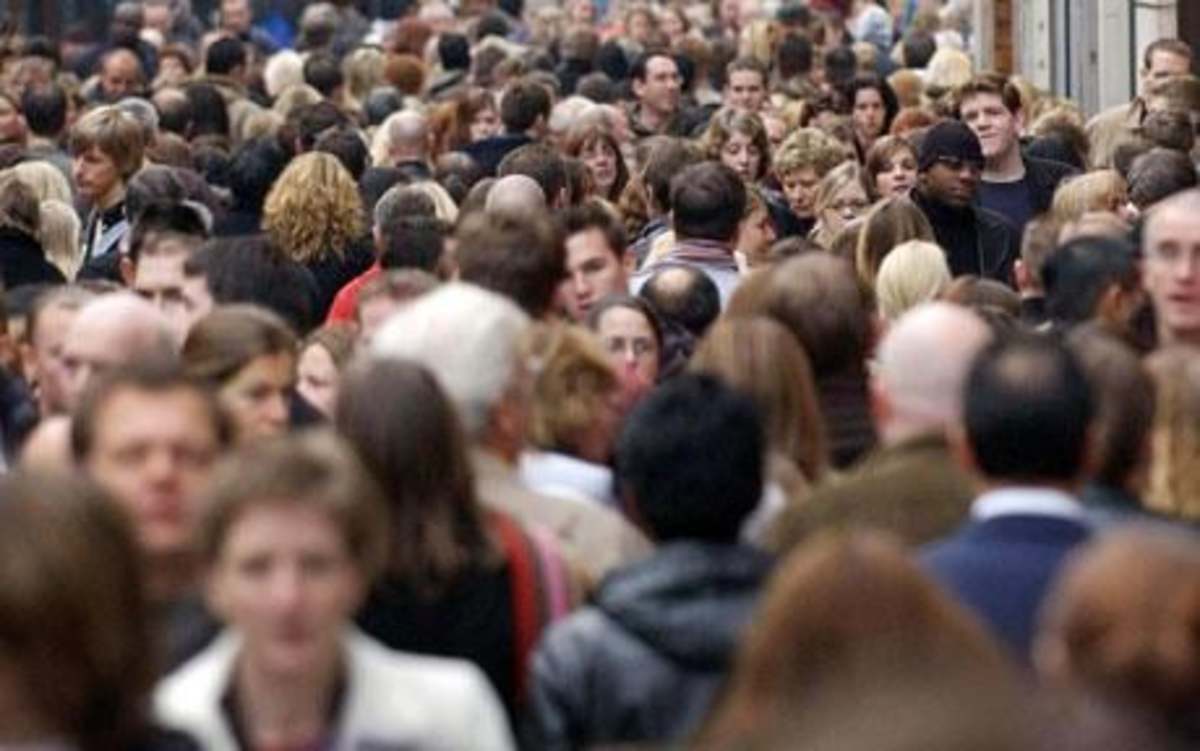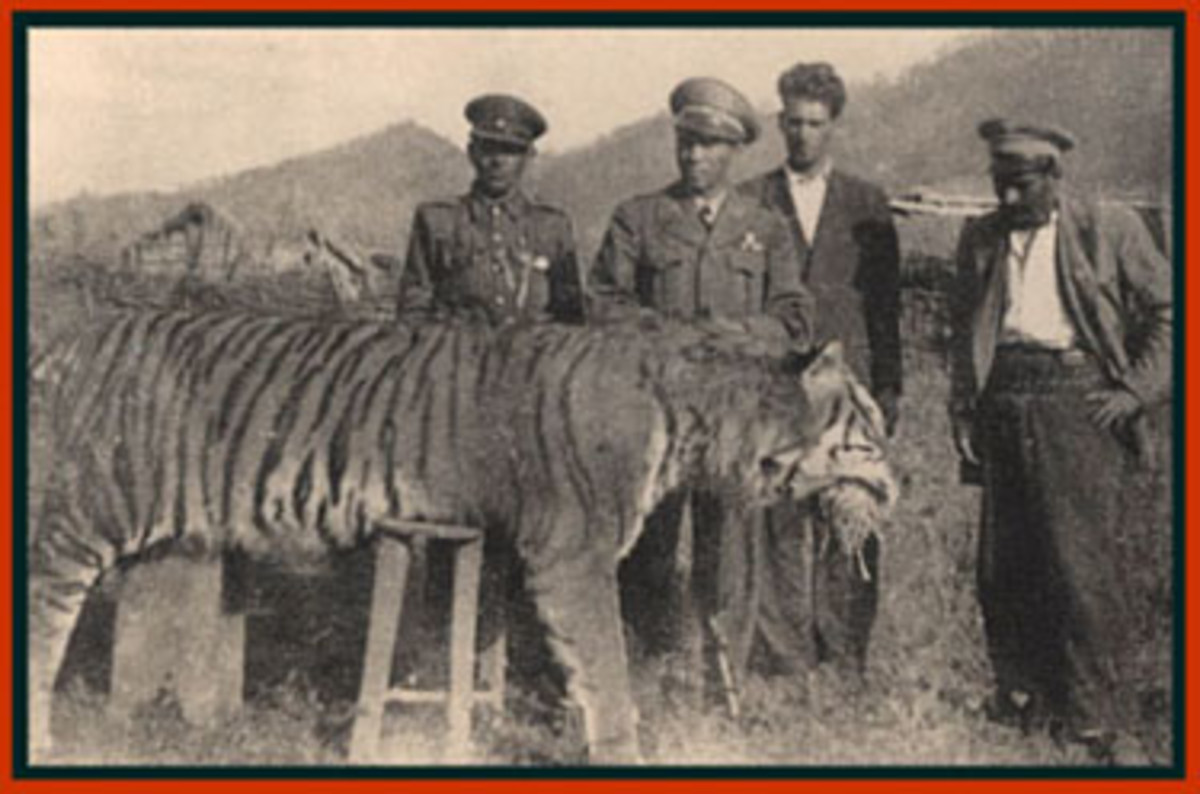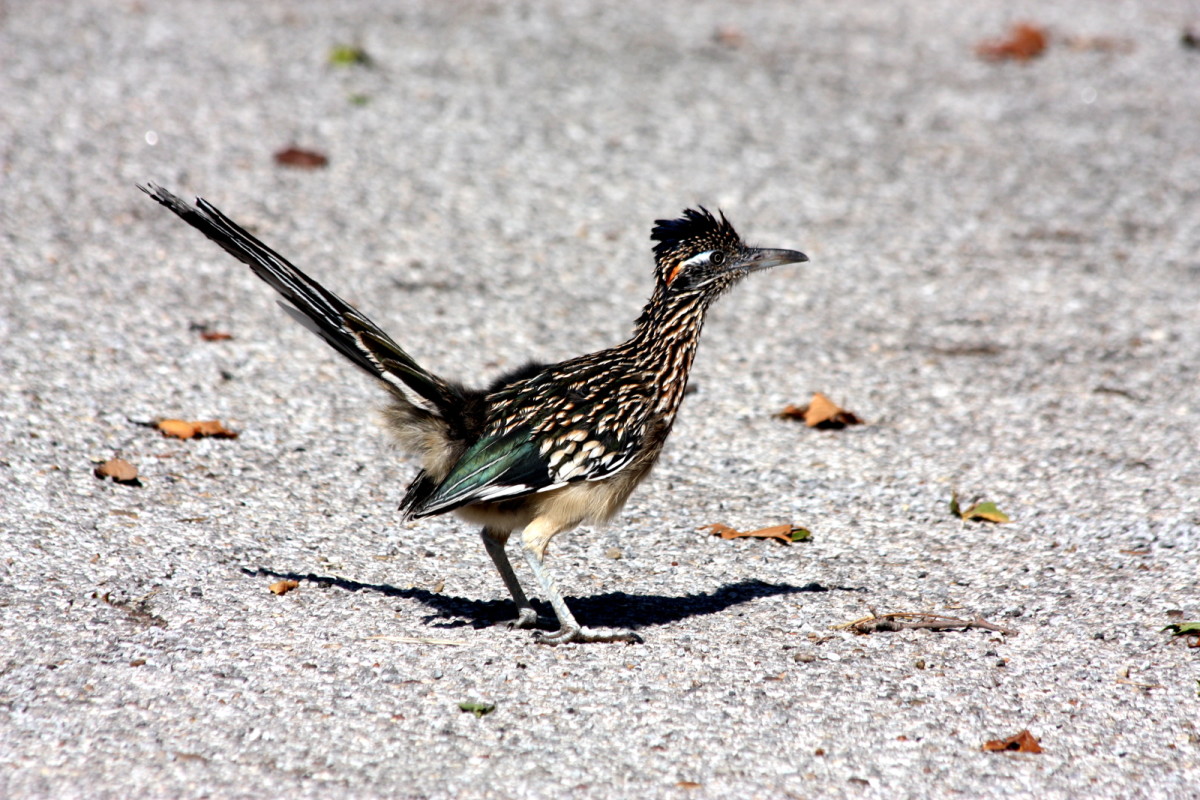Can Humans Continue To Survive On Planet Earth?
The Vulnerable Blue Planet
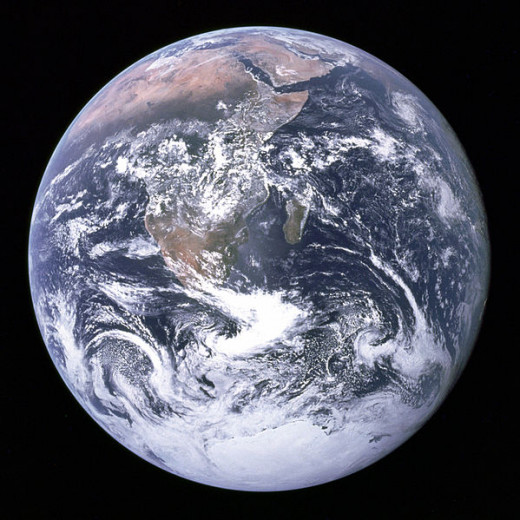
Malthus

Planet Human
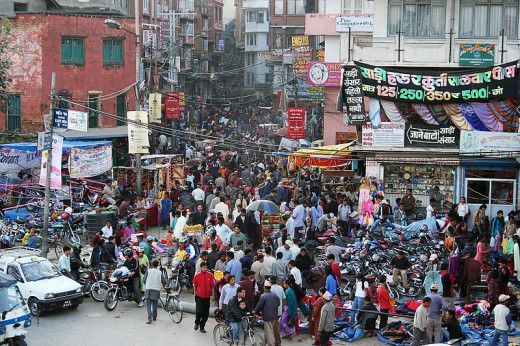
Can Human Populations Keep On Rising?
In 1798 an English economist called Thomas Malthus published an essay that predicted imminent disaster. Within fifty years, he claimed, the human race would have increased to such an extent that there would not be sufficient food to sustain it. The problem, wrote Malthus in An Essay on the Principle of Population, was that the human population was growing far more quickly than the supply of food the earth could produce. If disasters resulting from human vices, such as war, didn’t cut humanity’s numbers sufficiently, then nature would take over, in the form of disease, famine and starvation, until the proportion of population to food supply regained its proper balance.
At the time, Malthus’s essay came as a great shock to many people in Europe and America. They believed, mostly for religious reasons, that thanks to the gift of a superior intellect and a divine soul mankind was different from all living things. But what if Malthus was right?
The massive increase in the world population in the two centuries since the essay was written is directly linked to rising economic wealth. At 78.8 years, life expectancy in Britain is now thirty years higher than it was in 1900- and more than thirty two years higher than in sub-Saharan Africa today. By far the biggest recent increases in population have been in Asia. China and India between them contain nearly half of the world’s overall population of 7 billion- a number projected to rise to more than nine billion by 2050.
The fact that so many more people are now crowded on to the same sized planet has dramatically changed life on earth in the last sixty years. Natural habitats have been devastated by rapid industrialisation and the growth of towns and cities. Deforestation, mining, deep-sea trawling and intensive agriculture are some of the main causes of the massive decline in the number of species on earth.
Confronting The Elephant In The Room
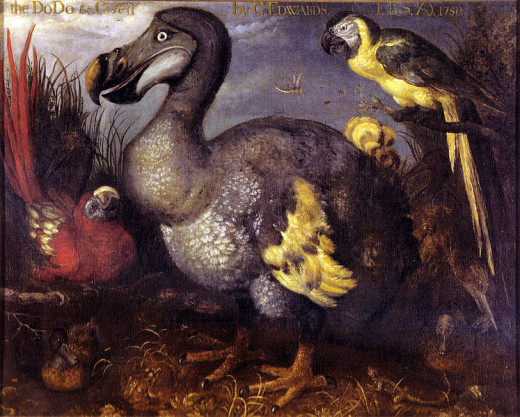
Deforestation In The Amazon
The Cost Of China's Growth
The Sixth Mass Extinction
A sixth extinction event may turn out to be no less profound than the five previous mass extinctions that are known to have occurred in prehistory. Human activities over the last few hundred years are now thought to responsible for increasing natural rates of extinction by as much as 1000 per cent, with some experts estimating that two million different species of plants and animals may already have fallen victim to habitat loss, increased farming, pollution and infrastructure projects such as the building of dams. The rate of extinctions today is reckoned to be between one hundred and one thousand times greater than the historic norm known as the background rate. According to the World Conservation Union Red List of Threatened Species, as many as 52 per cent of all major living species are in jeopardy; plant extinctions head the list, with 70 per cent of species reported to be at risk.
Deforestation accelerated dramatically during the twentieth century, especially in the tropics, as demand for hardwood products rose to new heights. Between 1920 and 1995 nearly 800 million hectares of tropical forests were cleared, an area approaching that of the United States of America. Between 1980 and 1990 roughly 15.4 million hectares of forest- an area almost double the size of the United Kingdom- were felled each year.
Such destruction has been driven by economics, usually regardless of the human or natural cost. Poor people in post-colonial countries desperately need a crop they can easily and cheaply trade for cash. Gang violence has become synonymous with illegal logging. There have been more than 800 land related murders in the Amazon region over the past thirty years. Sometimes things got personal. Sister Dorothy Stang was an American nun who devoted her life to educating people living in the Amazon rain-forest as to how they could extract natural forest products without resorting to cutting down trees. After reporting illegal loggers to the Brazilian authorities she began to receive death threats. On the 12th February 2005, as she walked to a meeting in her village, she was shot by two gunmen at point-blank range. They then emptied another five bullets into her dead body.
Chopping down trees destroys more than just animals, insects and humans. It also sterilizes the earth itself. Soil quality is severely compromised in areas with no trees because the ground is exposed to erosion by the weather. Deforestation is also thought to have a significant effect on rainfall patterns, since it is through the natural process of transpiration that much of the world’s water, locked up in the ground, ends up seeded in clouds.
Hunting by humans is another major cause of extinctions. One extraordinary example, which occurred in the late nineteenth century, is the case of the North American passenger pigeon. These birds were once so numerous that their flocks regularly stretched more than a mile across the skies during springtime migrations from the south to their breeding areas in New England. Human hunting began in earnest in the 1860s and 1870s to provide a source of cheap meat for growing cities on the east coast of the United States. In 1869 Van Buren County in Michigan sent more than seven million of the birds to markets in the east. Such extreme levels of hunting meant that by 1914 the passenger pigeon, a species which once numbered more than five billion individuals, was added to the list of the extinct.
The same story may soon be repeated for thousands of other species, some as common as the cod. A study released in 2006 concluded that one third of all fishing stocks worldwide have now collapsed to less than 10 per cent of their previous levels and that if current fishing trends continue the seas will be virtually empty of edible fish by the year 2050.Bottom trawling, the practice of dragging long trawl nets along the sea floor, churns up sea beds so severely that the damage to deep sea ecosystems is far greater than any amount of man-made pollution that leaches into the oceans.
Pollution caused by the huge rise in human population is another reason for the rapid decline in the diversity of living things. Air pollution comes from the burning of fossil fuels, causing rainwater to become acidic. Metal foundries and petrochemical plants are sources of poisonous contaminants that destroy delicate ecosystems. Landfill sites release methane and harmful chemicals like cadmium, found in discarded electronic products, which poison the surrounding soil. In 2007 Britain had the worst record for landfill use in Europe, discarding some twenty-seven million tonnes of waste into dumps that now extend across 227 square kilometres.
Today the number of households in China is increasing at twice the rate of its population growth due to increasing divorce rates and more families living apart as young people seek employment in cities. If everyone in China led a lifestyle similar to that of people in Europe and America, it would require roughly double the amount of raw materials currently used by the world’s entire population. Just to keep up with China’s huge demand for power its government is currently commissioning two new coal fired power stations every week.
Sir David Attenborough Explains Climate Change
Climate Related Conflict
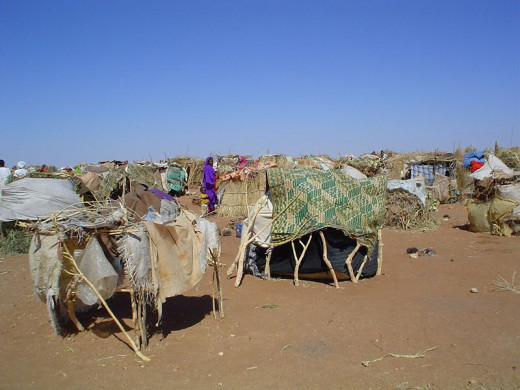
The Perils Of Climate Change
The need for resources to power the economic growth driven by the capitalist system led to an increase in global oil production to almost eighty three million barrels a day in 2005.
The consequences of burning fossil fuels are now well understood. Atmospheric carbon dioxide levels have increased dramatically since the 1800s, when fossil fuel deposits ignited man’s first wholly independent source of power, in the form of high pressure steam. Between 1832 and 2007 levels of CO2 have risen from 284 parts per million to 383. Carbon dioxide, like methane, is a gas which has a major impact on the earth’s temperatures by absorbing infrared radiation. Its increasing levels in the atmosphere are reckoned to be the most likely cause of a recent rise in global temperatures that has already led to the shrinking of many of the world’s major glaciers, melting of ice caps, changes in sea levels and shifting patterns of rainfalls.
The geopolitical effects of climate change are already starting to unfold. A war in Darfur, a region of western Sudan the size of France began in February 2003. It was triggered by decades of drought and soil erosion, probably caused by changing rainfall patterns as a result of climate change. In an echo of what provoked Mongolian tribes to unite under Genghis Khan, camel-herding Arab Baggara tribes moved from their traditional grazing grounds to farming districts further south in search of pasture and water. As a result of their attacks on the non-Arab population more than 2.5 million people are thought to have been displaced by October 2006, of whom approximately 400,000 have died of disease, malnutrition or starvation.
Further south in Africa, the HIV Virus is destroying the human immune system, causing the death of millions of people left defenceless against common infections. First diagnosed in 1981, the virus somehow jumped the species barrier from monkeys to humans. Since then it has killed more than twenty five million people, mostly Africans, and infected as many as forty six million more. There are currently more than a million orphaned South African children; most of them infected themselves, since their parents died from the disease, which is easily passed through body fluids such as breast milk.
Is this what Malthus predicted when he said that one day the human population would be levelled by nature’s intervention through ‘sickly seasons, epidemics, pestilence and plague,’ and ‘gigantic inevitable famine?’
What Do You Think?
Can Humans Continue To Survive On Planet Earth?
© 2013 James Kenny

